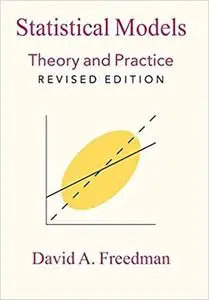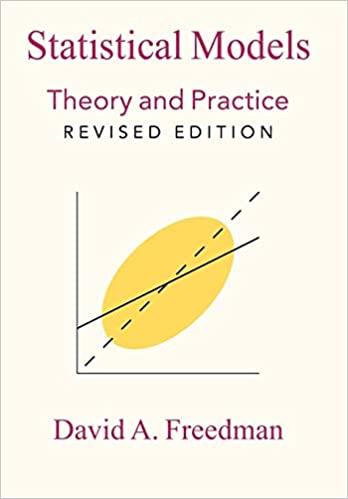Statistical Models (Theory and Practice) by Cambridge University Press; 2nd edition
English | April 1, 2009 | ISBN: 0521743850 | 458 pages | AZW3 | 15.25 Mb
English | April 1, 2009 | ISBN: 0521743850 | 458 pages | AZW3 | 15.25 Mb
This lively and engaging textbook explains the things you have to know in order to read empirical papers in the social and health sciences, as well as the techniques you need to build statistical models of your own. The author, David A. Freedman, explains the basic ideas of association and regression, and takes you through the current models that link these ideas to causality. The focus is on applications of linear models, including generalized least squares and two-stage least squares, with probits and logits for binary variables. The bootstrap is developed as a technique for estimating bias and computing standard errors. Careful attention is paid to the principles of statistical inference. There is background material on study design, bivariate regression, and matrix algebra. To develop technique, there are computer labs with sample computer programs. The book is rich in exercises, most with answers. Target audiences include advanced undergraduates and beginning graduate students in statistics, as well as students and professionals in the social and health sciences. The discussion in the book is organized around published studies, as are many of the exercises. Relevant journal articles are reprinted at the back of the book. Freedman makes a thorough appraisal of the statistical methods in these papers and in a variety of other examples. He illustrates the principles of modeling, and the pitfalls. The discussion shows you how to think about the critical issues - including the connection (or lack of it) between the statistical models and the real phenomena. Features of the book: • authoritative guidance from a well-known author with wide experience in teaching, research, and consulting • careful analysis of statistical issues in substantive applications • no-nonsense, direct style • versatile structure, enabling the text to be used as a text in a course, or read on its own • text that has been thoroughly class-tested at Berkeley • background material on regression and matrix algebra • plenty of exercises, most with solutions • extra material for instructors, including data sets and code for lab projects (available from Cambridge University Press) • many new exercises and examples • reorganized, restructured, and revised chapters to aid teaching and understanding



